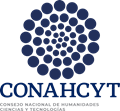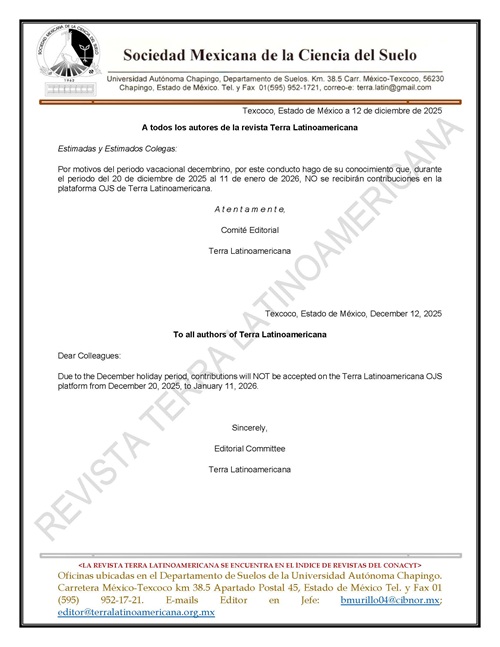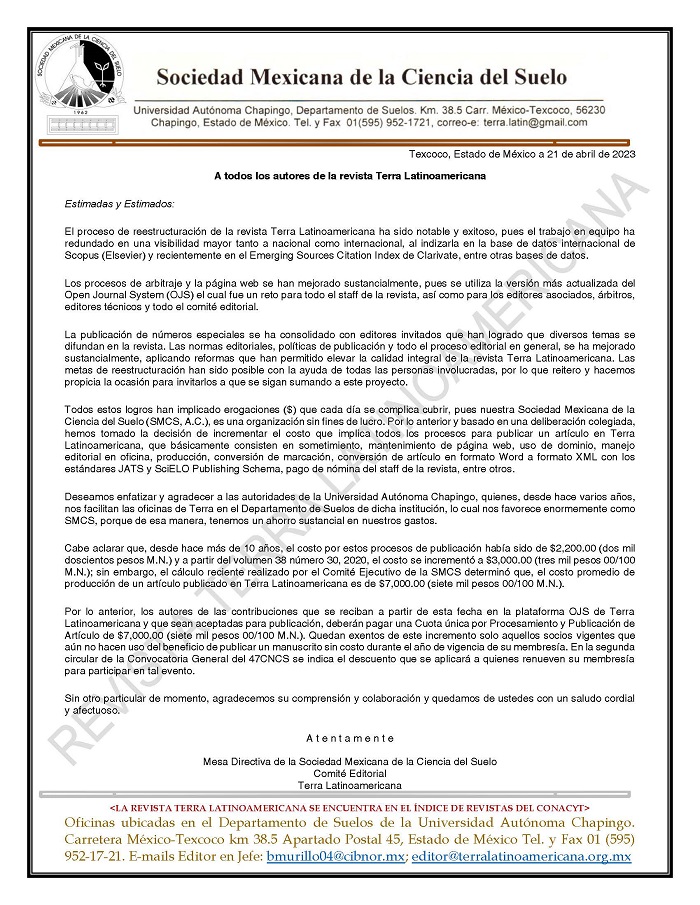Chemical and physical characterization of substrates enriched with minerals and compost
DOI:
https://doi.org/10.28940/terra.v39i0.601Keywords:
nutrimental absorption, Capsicum pubescenes, dolomite, mineralization, zeoliteAbstract
Substrates are an important component in hydroponic systems, and hence, the objective of our study was to evaluate the addition of compost and mineral mixture of zeolite-dolomite to improve the chemical and physical characteristics of substrates required to produce Capsicum pubescens. Two substrate combinations were used (tezontle and sawdust, and tezontle, sawdust and compost), as well as two concentrations of K in Steiner Solution (50 and 100%), and three levels of mineral mixture (0, 40 y 80 cm3 L-1), generating a set of 12 treatments in subdivided plots: the large plot corresponded to the concentration of K, the median plot comprised the two substrate combination and the small plot comprised the mineral blending inputs. The effect of the different treatments on the properties of bulk density, humidity, particle diameter, porosities, pH, EC, OM and OC content, C/N ratio, CEC and foliar nutrition content was assessed. Bulk density, humidity and porosities were not significantly affected. In regard to granulometry, although there were differences between treatments, diameters were fitted to <2.50 mm. The pH was not affected by treatments, while EC increased significantly (1 dS m-1) by the compost; and OM content was <30% on the substrates with the mineral mixture. The C/N ratio of substrates to compost was <19% due to N degradation and release. CEC was >8 in treatments with compost, favoring nutrient retention in the substrate and their increase in plant tissue. Our results indicate that in substrates without compost, EC and bulk density decreased when 50% K was applied, however, the physical properties resembled the optimal, where the control treatment showed the lowest quality. The addition of compost increased the content of N, P, Ca and CEC in the substrates.
Downloads
Publication Facts
Reviewer profiles N/A
Author statements
- Academic society
- Terra Latinoamericana
- Publisher
- Mexican Society of Soil Science, C.A.
















